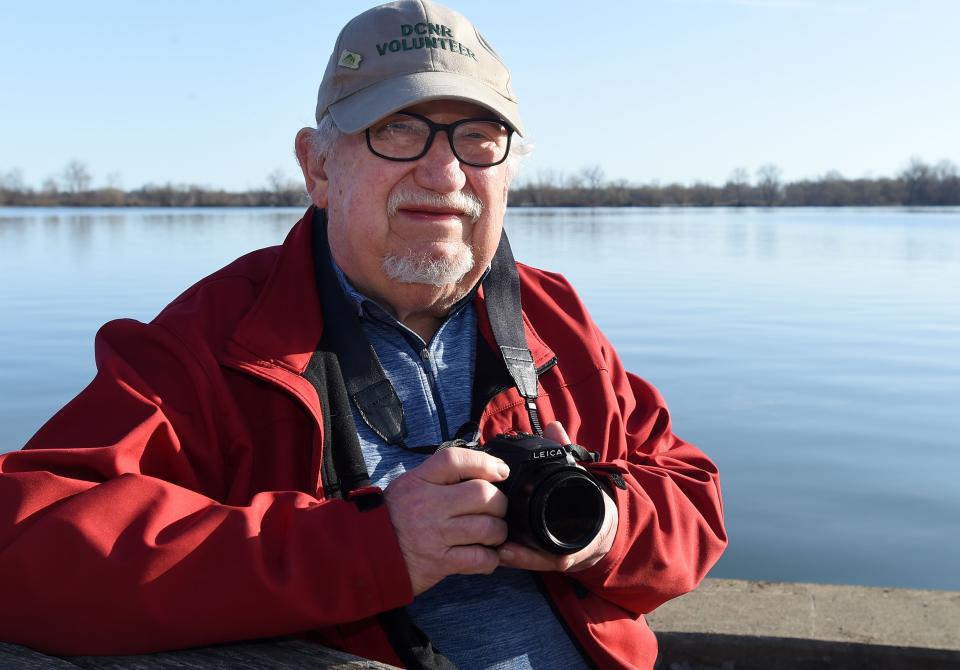From settlement to city: A history of early Erie and how it and the county grew
- Oops!Something went wrong.Please try again later.
Before Erie was a city, it was called Presque Isle and was simply a village or town on the shores of Lake Erie and had a gentle slope with a few ridges and valleys inland south for about three or four miles.
In 1792, the Commonwealth of Pennsylvania purchased what was known as the Erie Triangle. The area part of this purchase was huge and ran southeast for almost 100 miles. The following year, Andrew Ellicott and Gen. William Irvine were appointed to survey, design and lay out the towns of Presque Isle, Waterford, Warren and Franklin.
The Erie Triangle: The final building block for Erie County
Only Waterford was competed during the first year. It was not until summer 1795 that they arrived in Presque Isle.
At the time, Erie was nearly all at the mouth of Mill Creek but had begun to grow slowly, and most travelers entered it by Parade Street and East Sixth streets. At the time, the elevations above the bay were as follows: Parade Street,19 feet; German Street, 58 feet; State Street, 56 feet; Sassafras Street, 63 feet; and Walnut, 10th and Liberty streets, 70 feet.
The town site was ordinarily covered with dense hardwood timber growth and divided into watersheds by the following streams: Garrison Run, Mill Creek, Lee's Run, Cascade Run and Ichabod Run. All these streams emptied into Presque Isle Bay except Ichabod Run, a tributary of Mill Creek. Over long periods, deep ravines had formed along all the creeks and streams.
Along Ichabod Run, a woolen plant, distillery and a brewery were established and used steam to provide power to operate. As the town advanced, this stream was diverted into the new sewers. Years later, the headwaters of Lee's Run were used to supply water to the Erie Extension Canal.
On March 29, 1805, the General Assembly passed an act that made Erie a borough, and now the little settlement began to move forward. This was a turning point for the community. In May of that year, the first election of officials of what would become the Erie to Waterford Turnpike Co. was held in Waterford. At this meeting, Col. Thomas Forster became president, and Judah Colt, a man who would become a critical factor in the borough's development, was elected treasurer.
More: Erie and Presque Isle, a beginning: Judah Colt, part 1
More: Erie and Presque Isle, a beginning: Judah Colt part 2
This road was completed in the spring of 1809, and the salt trade and many farmer's supplies and goods began to move crops between Erie and Waterford and then down French Creek and onto Pittsburgh. From there, some of the salt made its way to Louisville. The road was sometimes filled with deep mud holes, stumps and crossed three small creeks without bridges. However, without this road, salt could be hauled in just six barrels at a time, and now, with the turnpike, the wagons could haul 36 barrels at a time.
Fort Presque Isle to Fort LeBoeuf: The history of the first known road in Erie County

Gene Ware is the author of 10 books. He serves on the board of the Presque Isle Light Station and is past chairman of the boards of the Tom Ridge Center Foundation and the Presque Isle Partnership. Email him at ware906@gmail.com.
This article originally appeared on Erie Times-News: The story behind Erie, PA: From Presque Isle settlement to city

